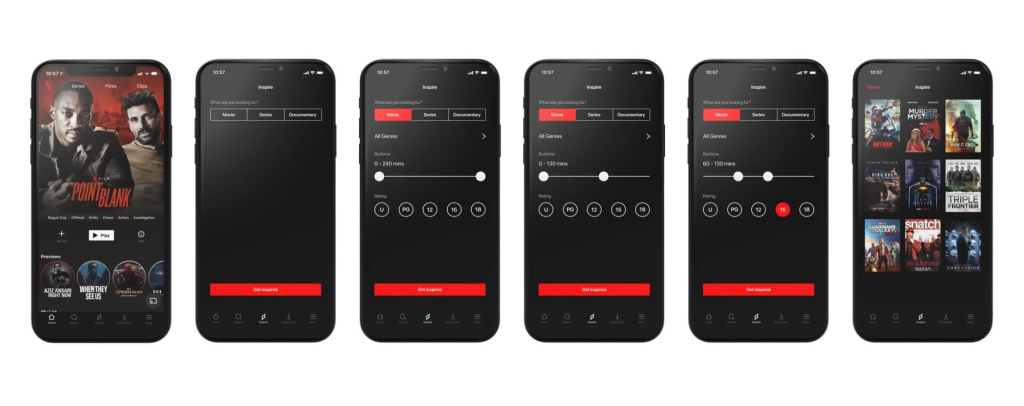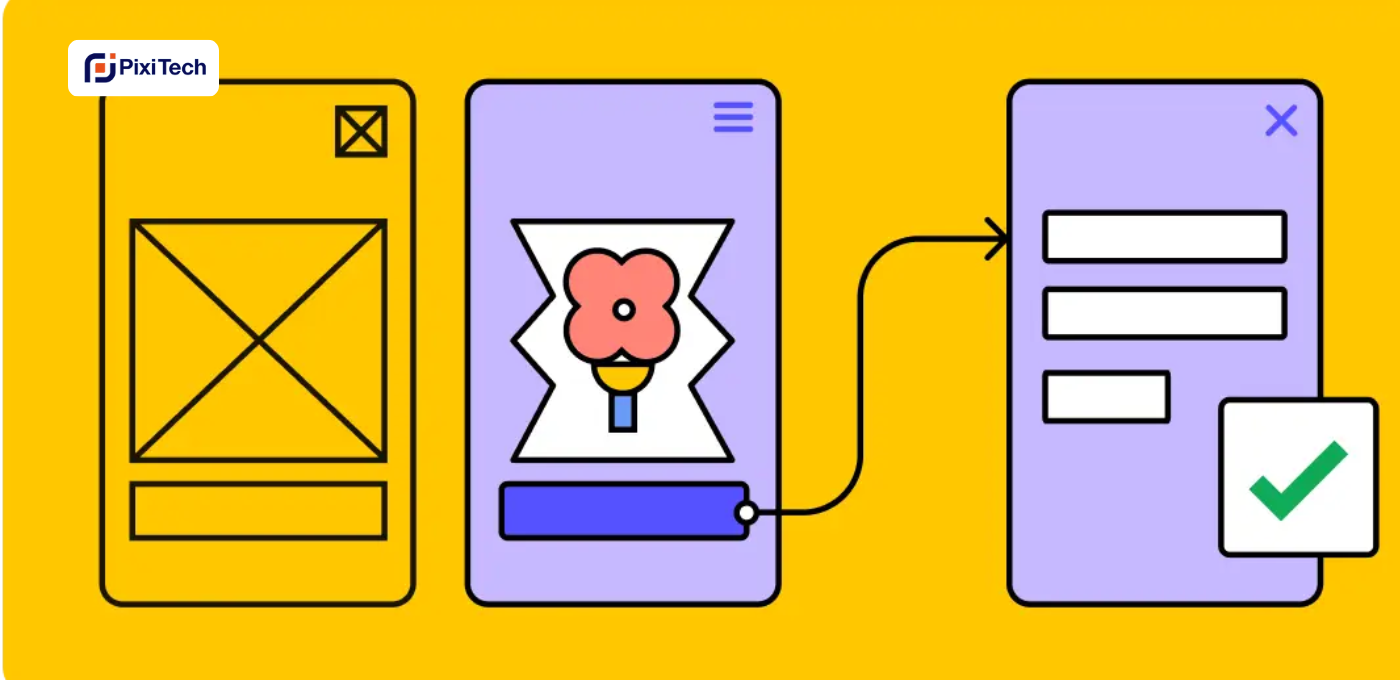Prototyping - how important could this be?
In fact, prototyping is a vital step in turning visionary ideas into tangible realities. It's a process that bridges the gap between conceptual design and the final product, offering a glimpse into the future of tech innovations.
Imagine you're a chef about to create a new, exotic dish. You wouldn't just throw ingredients together on the big night without a trial run, would you? Similarly, in the tech world, prototyping is that essential 'taste test' before serving up a new product to the market. It's the unsung hero in the product development saga, transforming 'what ifs' into tangible 'here's hows'.
Understanding Prototyping in Tech
Prototyping in technology is more than just creating a model; it's about breathing life into ideas. It involves constructing initial versions of a product, enabling teams to explore, test, and refine their concepts.
There are different types of prototypes:
- Low-fidelity Prototypes: Low-fidelity prototypes are akin to rough sketches, providing a visual representation of the concept without delving into fine details. They are typically inexpensive and quick to produce, making them ideal for initial brainstorming and conceptualization. This stage is crucial for gathering initial feedback and understanding the basic structure and flow of the product.
- High-fidelity Prototypes: These prototypes take the initial sketches to a higher level of detail and interactivity. High-fidelity prototypes closely resemble the final product, incorporating more precise design elements, interactive features, and even basic functionalities.

- Functional Prototypes: As the name suggests, functional prototypes are working models that demonstrate the product's functionality. They provide a hands-on experience, allowing testers to interact with the product as they would with the final version. This stage is critical for assessing the practicality of the design, understanding user interaction with the product, and making necessary adjustments based on real-world usage.
- Visual Prototypes: Focusing primarily on the aesthetics, visual prototypes are all about the look and feel of the product. They are crucial for finalizing design aspects like colors, graphics, and overall visual appeal.
The Role of Effective Prototyping
Effective prototyping is key to innovation in product development for several reasons:
- Fostering Innovation: Prototyping is a catalyst for innovation, providing a creative playground to explore and experiment with new ideas. It allows teams to think outside the box and test novel concepts without the constraints of full-scale production. This freedom fosters a culture of creativity and innovation, leading to unique and groundbreaking products.
- Reducing Risks: By revealing design flaws, usability issues, or technical challenges at an early stage, prototyping saves time and resources that might otherwise be spent on reworking or correcting these issues later in the development cycle.
- Enhancing User Experience: User experience is paramount in product design, and prototyping plays a key role in refining it. Through user testing and feedback, prototypes help designers understand how users interact with the product, what they like or dislike, and what improvements can be made. This iterative process ensures that the final product is user-friendly, intuitive, and meets the users' needs.
Example?
Consider Netflix's transformation from a DVD rental to a streaming service; prototyping played a crucial role in testing and refining this new model. In its quest to transition into streaming, Netflix faced a significant challenge: How to deliver a wide range of content digitally while ensuring a seamless user experience?
This is where prototyping came into play. Netflix began testing various streaming technologies and user interfaces, starting with basic models that allowed for simple streaming of digital content.

A key aspect of Netflix’s prototyping was its user-centric approach. The company focused on how users interacted with its streaming service, taking into account factors like ease of use, content discovery, and streaming quality. Prototyping various user interfaces, from web-based platforms to app designs, Netflix was able to gather valuable user feedback, which was instrumental in refining the platform.
Streamlining Development with Prototyping
Prototyping is essential in making the development process more efficient:
- Speeding up the Process: Effective prototyping accelerates the development process. By enabling quick iterations and rapid testing of ideas, it helps teams move faster from concept to final product. This agility is crucial in the fast-paced tech industry, where getting to market quickly can be a significant competitive advantage.
- Resource Efficiency: Prototyping is a resource-efficient approach. By identifying issues early, it helps avoid the costs associated with late-stage changes or product failures. This efficiency not only saves money but also ensures that efforts and materials are not wasted on unviable ideas
- Informed Decision-Making: Prototypes provide a concrete basis for decision-making. They offer a tangible way to evaluate design choices, functionality, and user experience, leading to more informed and confident decisions about the product’s direction and design.

The success of prototyping is measured by its impact on the development process and the final product. Metrics like development speed, cost efficiency, and user satisfaction are key indicators. The ultimate test, however, is the market response to the final product, which reflects the effectiveness of the prototyping process in aligning the product with user needs and market demands.
In conclusion,
Effective prototyping is an indispensable part of the tech product development process. It's a tool that enables the transformation of ideas into successful products, ensuring they are feasible, user-friendly, and ready for the market.
Are you ready to harness the power of prototyping for your next tech project?

